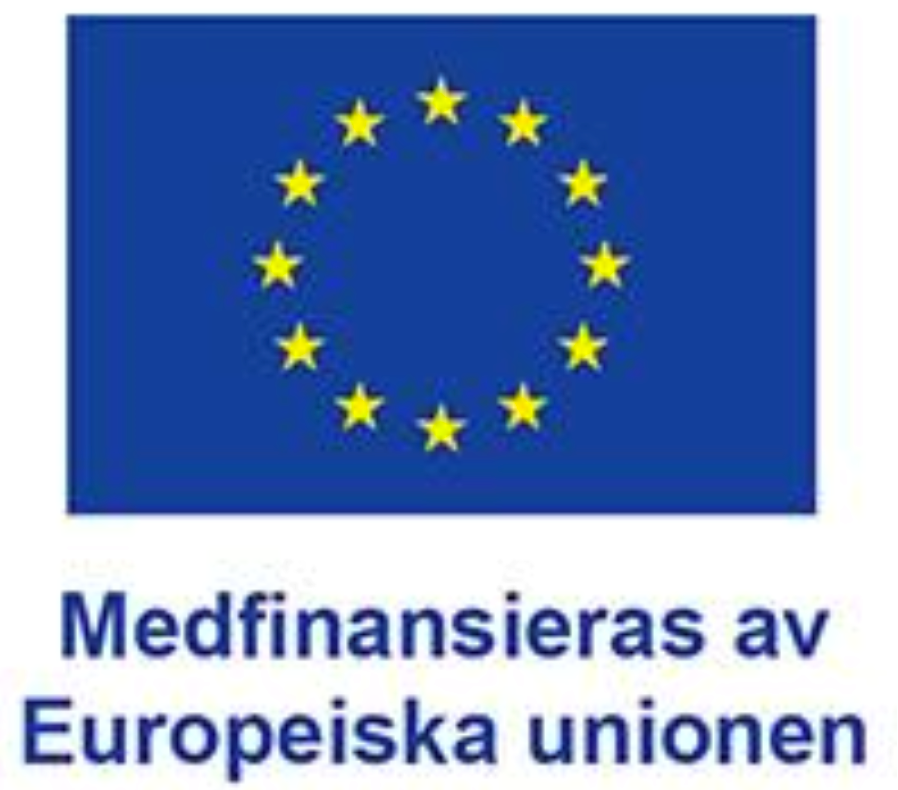Non invasive sampling
“On some surveys such as Spras, we will always need to take fish on board to do biological analyses (such as age, individual weight, diseases and parasites). With this technology, however, we could get a good idea of how many and how big fish we have already caught, and finish the haul when we don't need to catch any more individuals," says Hans Nilsson.
In Sweden, unlike in the rest of Europe, fish caught during the test fishery are counted as laboratory animals. All Swedish authorities that use laboratory animals strive for what is known as the 3Rs. The three R's stand for: replace, reduce, and refine.
"With a system like this, it is possible to reduce the amount of fish that are caught and killed. And it can also help to refine our sampling. With the camera, we can collect more information, such as the depth at which the species swim and how they behave. It increases our knowledge of the entire ecosystem," says Hans Nilsson.
Promising tests
"With a system like this, it is possible to reduce the amount of fish that are caught and killed. And it can also help to refine our sampling. With the camera, we can collect more information, such as the depth at which the species swim and how they behave. It increases our knowledge of the entire ecosystem," says Hans Nilsson.
The experiments on board R/V Svea – which will now be evaluated – are part of a three-year project at SLU, where other non-lethal technologies such as eDNA and advanced hydroacoustics are also being evaluated. The projects are financed by the Swedish Agency for Marine and Water Management through funds from the EU Fisheries Fund.
The tested camera is a newly developed product adapted for commercial commercial fishing, where it is hoped that the technology there will contribute to more profitable, efficient and environmentally friendly fishing.
"The system is being developed continuously, and I hope that we can acquire our own trawl camera and carry out a more comprehensive scientific evaluation. Our first attempts are promising," says Hans Nilsson.
The ongoing project on 3R is a continuation of previous work at SLU Aqua that has analyzed and evaluated different techniques for non-lethal and non-invasive sampling methods. Read the report ”Provtagningsmetoder av akvatiska resurser med 3R i fokus” (in Swedish)





